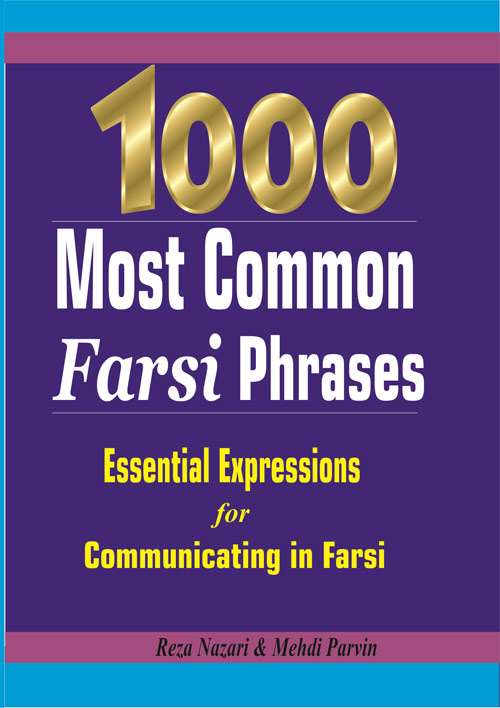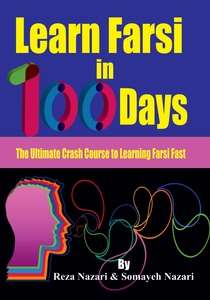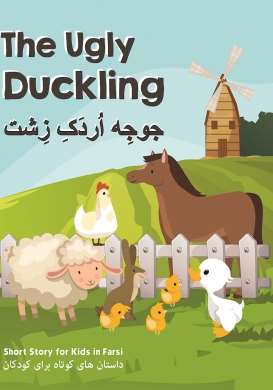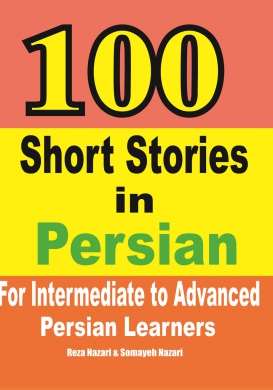
There is a lot of received wisdom about learning a new language: That you have to start at a young age, that older learners struggle, and that there is a limit to how many different languages our brains can handle.
Best Farsi Learning Resource!
1. Language immersion is a particularly effective way to start learning Persian

People who have had no prior contact with a foreign language make more progress in the first weeks of their time abroad than any other group of language learners. Although you might expect immersion to be intimidating for absolute beginner learners, it does not seem to be the case for most language learners.
Research and data show that going abroad to learn a language as a true beginner will give a powerful boost to your learning, regardless of your age. This finding is reassuring for parents who may worry about a child going abroad without sufficient prior knowledge of the Persian language, and good news for adults who feel like they’ve missed the boat when it comes to picking up the Persian language.
2. Young adults are uniquely primed to learn Persian fast

Learners in their 20s learn different languages faster in an immersion environment than any other age group. This is likely because young adults have the study skills and familiarity with grammar that make learning a foreign language faster. They usually also have a strong external motivating factor to learn new foreign languages because of their career dreams or studies. In fact, speaking a foreign language is an asset while studying and is known to boost earning money when working.
However, differences in learning speeds between age groups are much smaller than often assumed. Researches show that skills develop at a roughly equal speed from the late teenage years into adulthood. Interestingly, this also applies to those learning a new language between the ages of 50-80, so even if you didn’t get an early start to learning Persian, studying it in Iran can improve your skills well into retirement.
- Learn Farsi in 100 Days: The Ultimate Crash Course to Learning Farsi Fast
- Read and Write Persian Language in 7 Days
- Farsi Conversation: Learn the Most Common Words and Phrases Farsi Speakers use Every Day
- 200 Absolutely Essential Persian Verbs
- Farsi Grammar in Use: For intermediate students
- Farsi Grammar in Use: For Beginners
3. The fact is men and women learn languages at the same speed

Lots of researches, find gender differences in new language proficiency, with women generally being both more proficient and more motivated to learn new foreign languages. But there’s good news for men who study abroad: when looking specifically at people learning new foreign languages in an immersion environment, there’s no overall difference in language learning speed between men and women.
Researches show, however, that male students tend to study for a bit longer and thus make slightly more progress overall. Therefore, this should encourage parents of female students to invest in longer courses that ensure they make the most of their study abroad experience and improve their language skills just as much as their male peers.
4. Speaking a second language will help you learn a third

The biggest variation in learning speed is between individual students, but research also shows that students from countries where two or more languages are used in the education system learn foreign languages faster than students from countries where a single language is dominant. Other researches seem to confirm this and show that when people already speak two languages, acquiring a third language is easier. This is likely because their brains are already primed to learn (and use) another foreign language and thus have a slightly easier time acquiring an additional one.
Special Offers!
by: Learn Persian Online Team about (category: Blog)

















What people say about "4 Surprising Things About How We Learn Persian"?
No one replied yet.